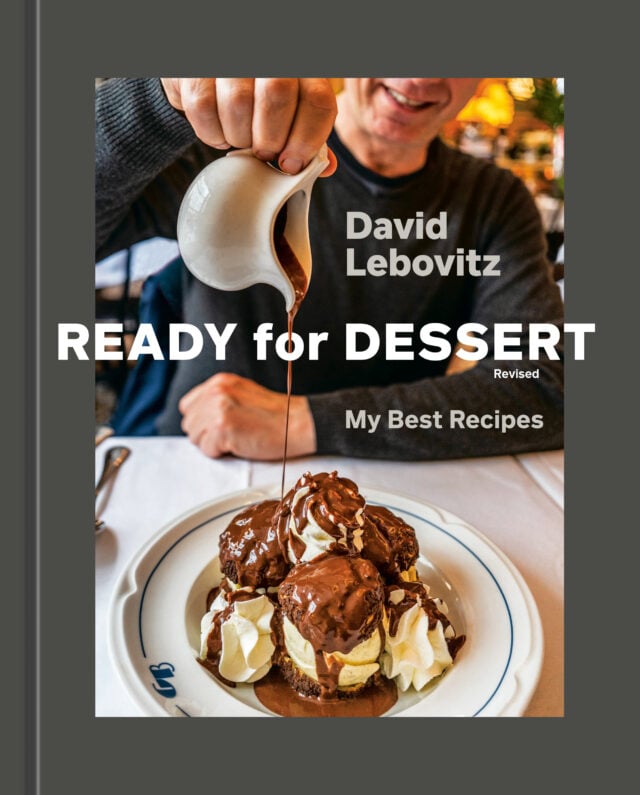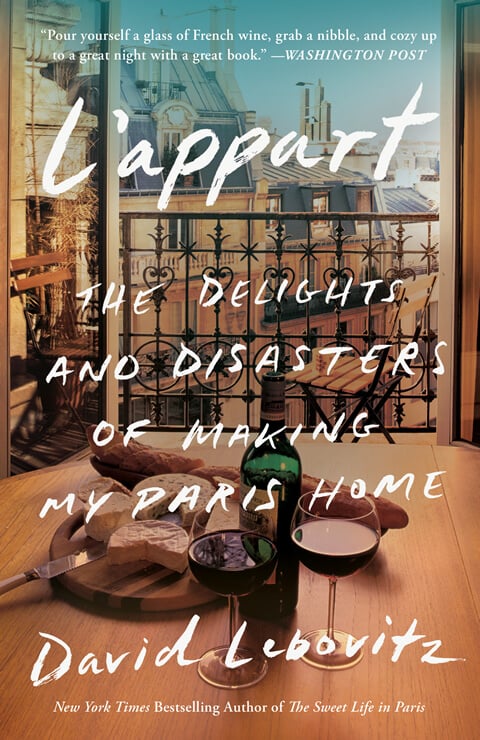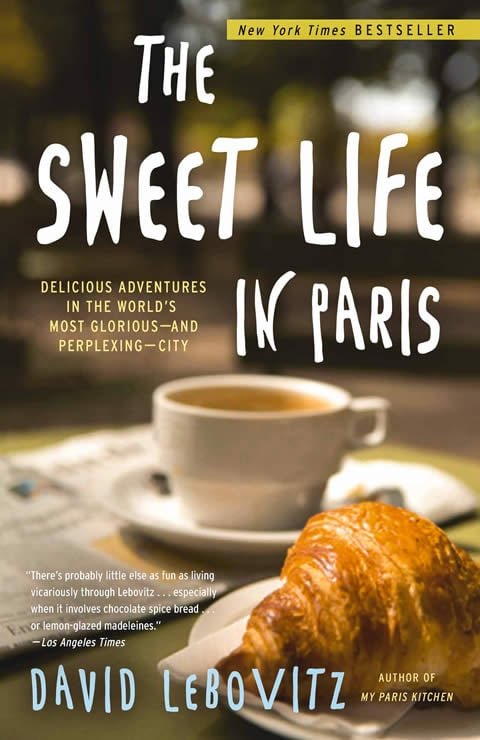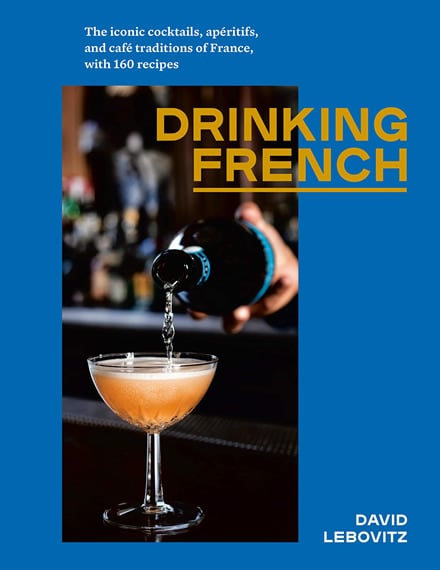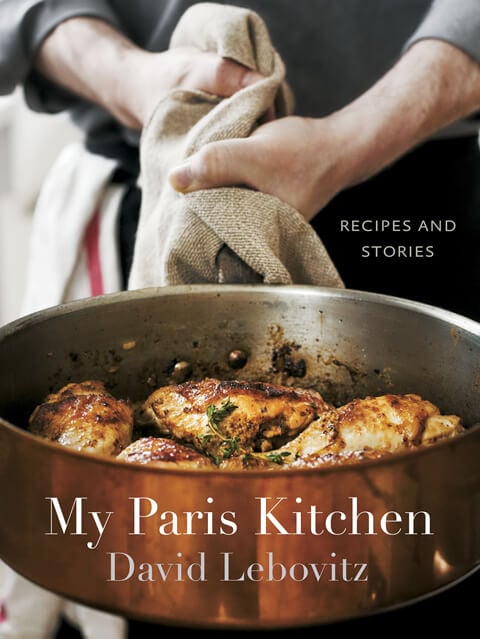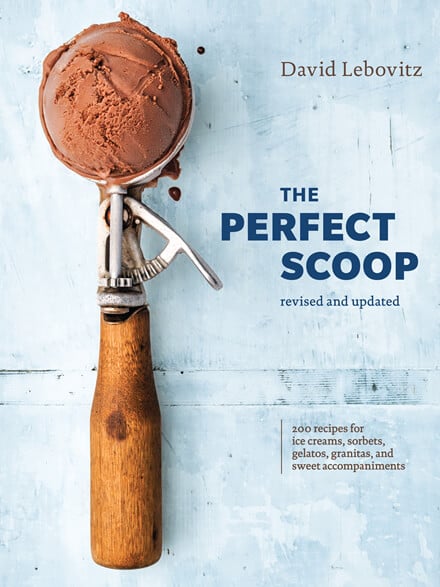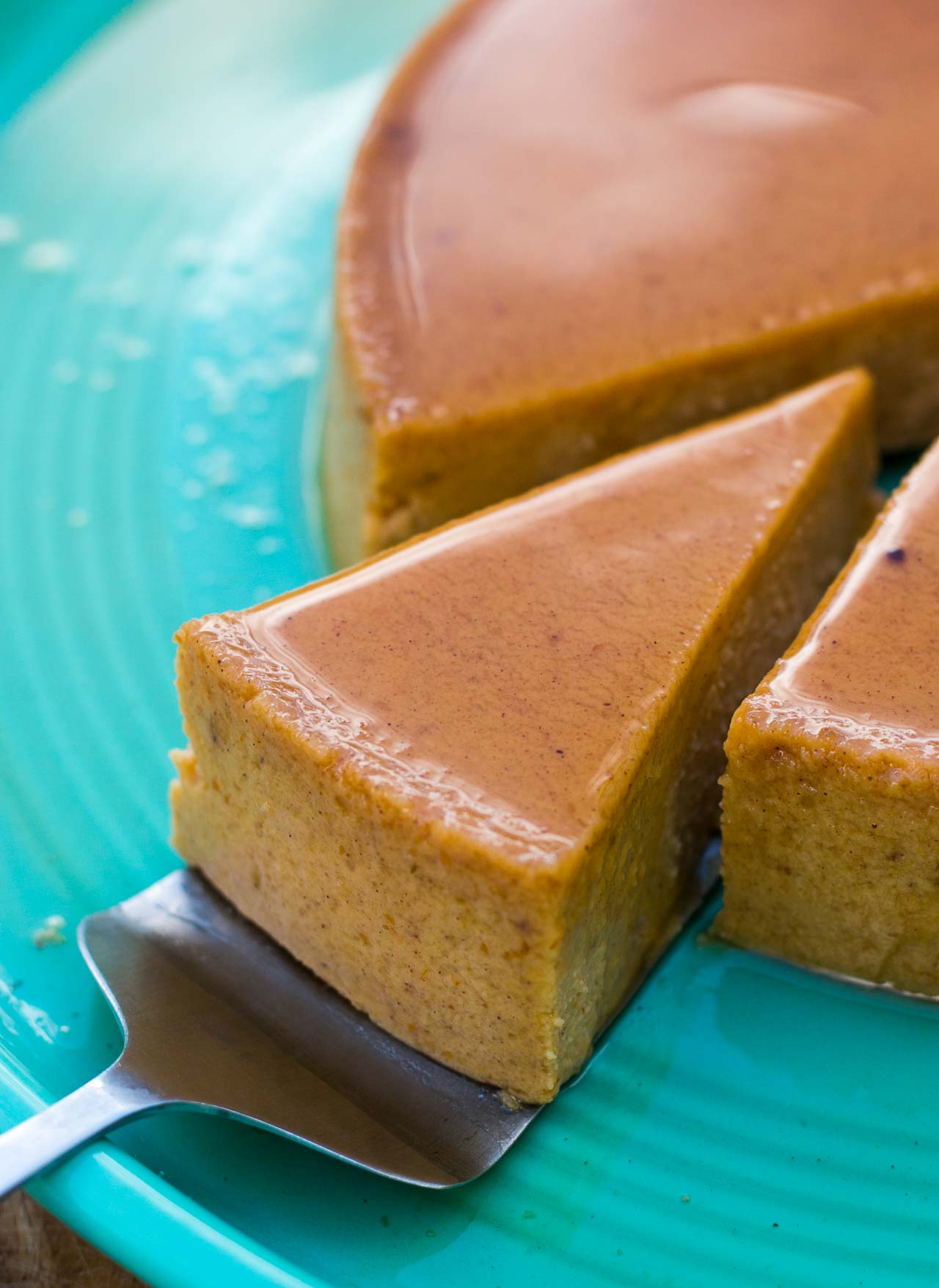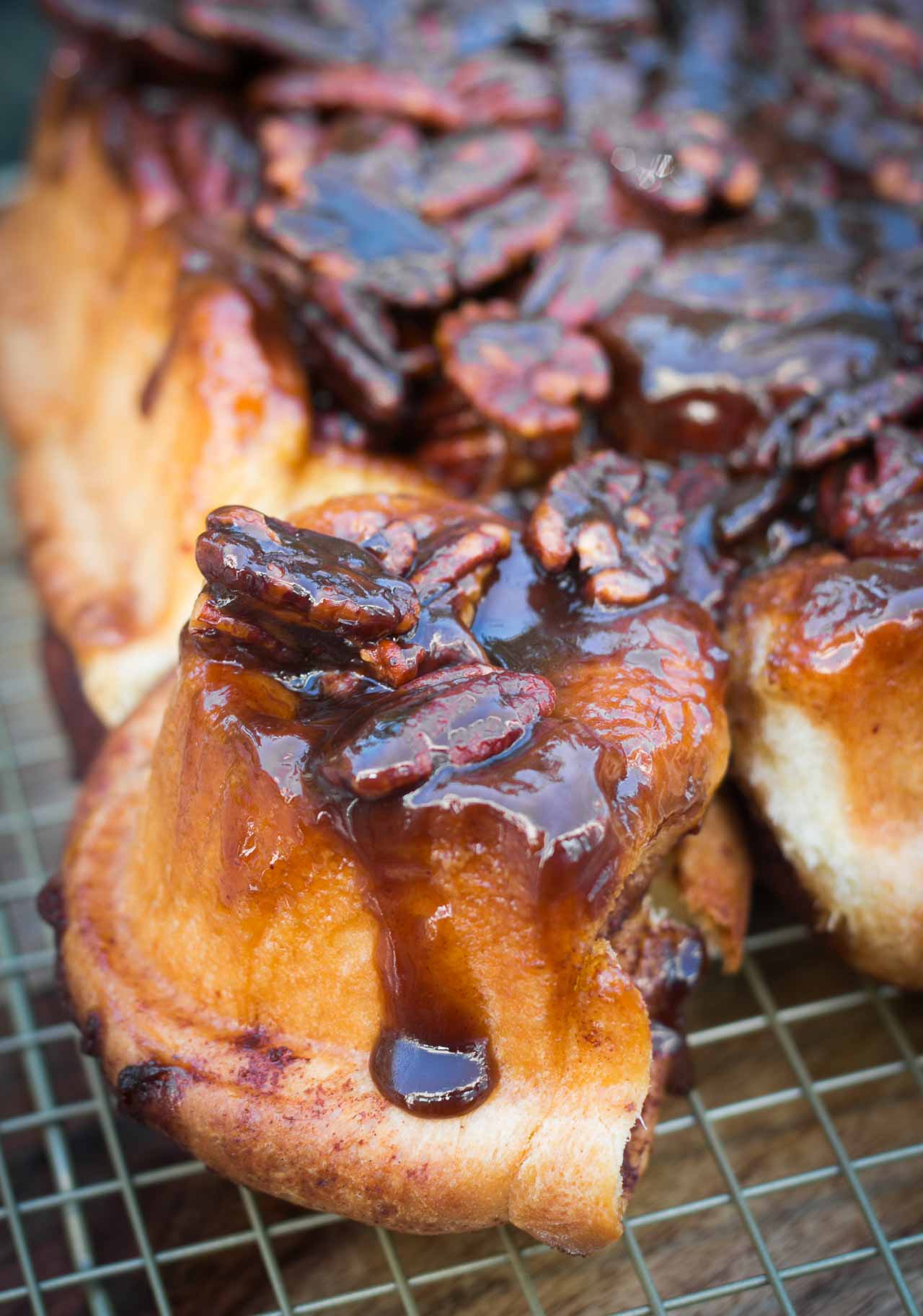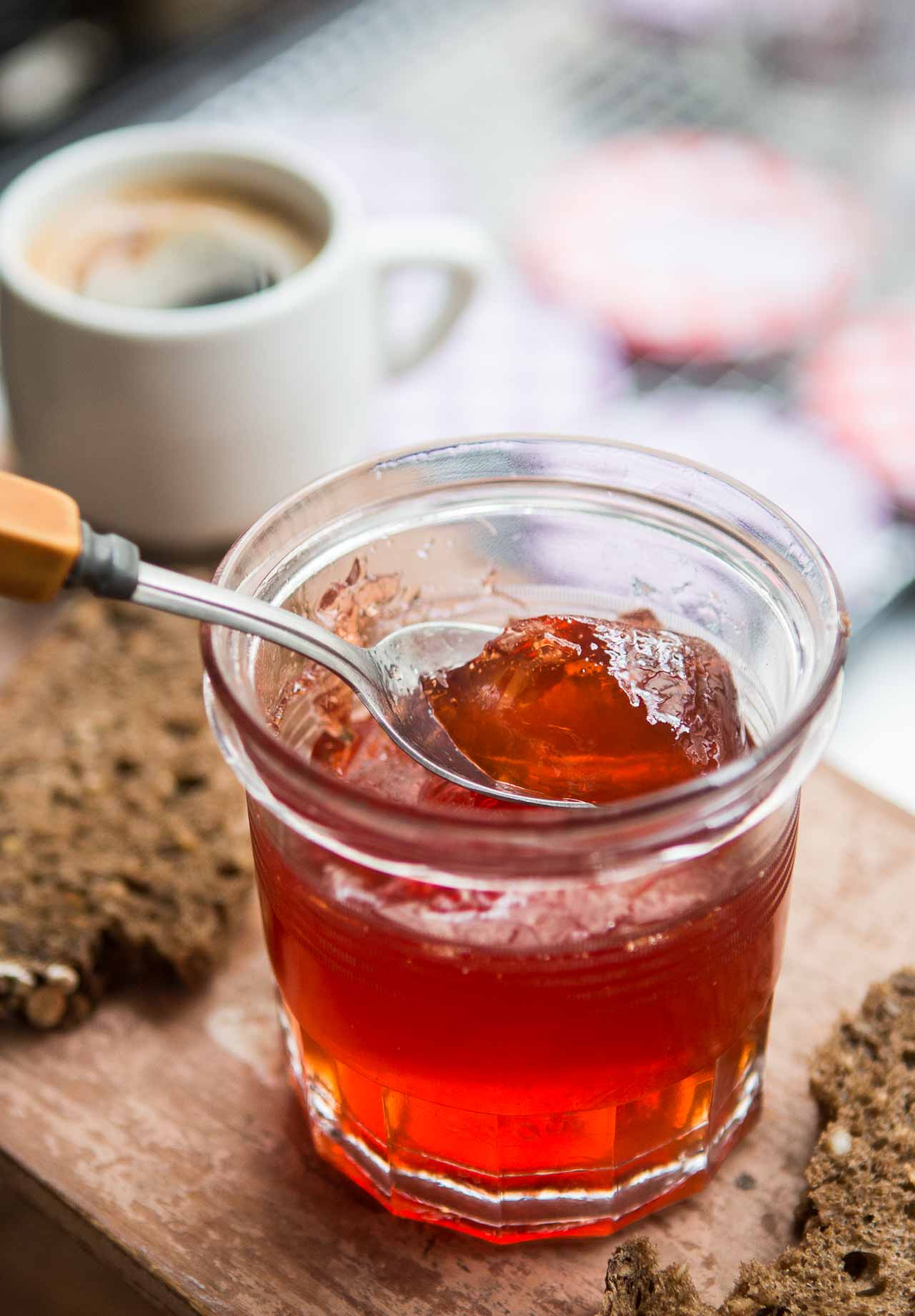Vanilla-Poached Quince Recipe
What do you do with a fruit who’s flesh is gritty and rock-hard, inedibly astringent when raw, and as vexing to slice through as a tough ol’ catcher’s mitt?
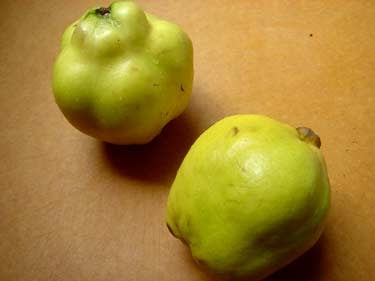
No one seems to know what to do when they happen upon some quince at the market. The gnarly-looking fruits seem as if they’ve just been plucked from a medieval centerpiece, surrounding by medlars and split-open pomegranates, mounded alongside sugary dates and clusters of grapes cascading over the sides of the over-sized platter of fruit, waiting to be served with perhaps a chalice of wine.
Quince should be yellow-ripe when you buy them. If bought green, quince should be allowed to ripen at room temperature for a few days until yellow and fragrant. My favorite varieties are Smyrna and Pineapple, but often you just have to pick from what’s offered.
Quince are usually covered with a gray layer of lint-like fuzz, which can be easily washed off. It’s a task I find as satisfying as cleaning the lint filter from the dryer.
(That is, when I had a dryer to clean the lint from.)
The most splendid thing you’ll discover about quince, however, will be the day after you bring them home: your kitchen will be filled with the most marvelous rose-and-violet-like aroma imaginable. I like the fragrance so much that I always left one on the dashboard of my car during quince season.
(That is, when I had a car to drive around with my quince.)
In Paris, I think I’d get some rather peculiar looks if I tried balancing a quince anywhere level on the métro.
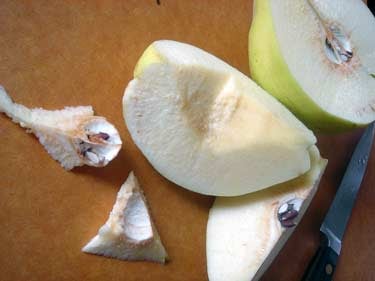
Since quince have lots of tannins they’re impossible to eat raw. Don’t believe me? Try a slice, and I guarantee you’ll be unable to produce saliva for a week afterwards. But you can simply grate raw quince into a bowl of sliced apples destined for an Apple and Quince Crisp, or follow my simple recipe for Quince Marmalade from Ripe For Dessert which calls for several quince to be grated and cooked with sugar and jam, until the tender bits of rosy quince are suspended in a quivering, softy-gelled syrup.
Fully cooked, however, quinces reveal their most beautiful side and turn a rosy-red hue. The stunning quince slices can be served warm or room temperature with some of the cooking liquid, perhaps with a scoop of vanilla ice cream or creme fraiche, or mixed with other poached dried fruits, such as prunes, apricots, sour cherries, or cranberries.
I’ll sometimes alternate quince slices with apples when making a caramelized tarte Tatin…
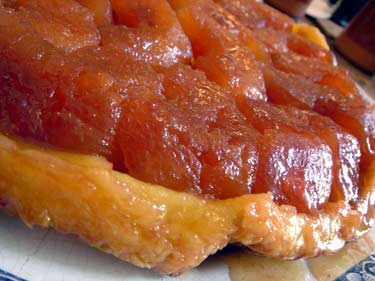
And the highly-scented cooking liquid becomes even more lovely when reduced to a thick syrup, then drizzled over the tart. Or just pool some of the thick syrup on a plate alongside some slices of sharp cheddar, Roquefort, or sheep’s milk cheese with a handful of dates or some ripe figs.
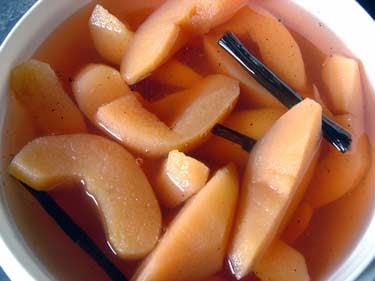
Poached Quince
- 3 quince (about 2 pounds)
- 1 1/2 cups sugar
- 4 1/2 cups water
- 1/2 vanilla bean,, split and the seeds scraped into the syrup
- 1. In a large non-reactive saucepan, bring the sugar, water, and the vanilla bean pod and seeds, to a boil.
- 2. Peel and quarter the quince using a chef’s knife. With a paring knife, cut out the tough core and any bits of hard matter surrounding it. Take care, as the flesh is very hard (some people suggest poaching the quince with the cores, then remove them later, but I remove them). Cut the quince quarters in half or thirds, making 1-inch slices.
- 3. Reduce heat to a simmer and add the quince slices to the syrup (they’ll begin to brown quickly once cut, so submerge them into the syrup as they’re sliced). Cover with a round of parchment paper, and simmer gently for about 1 ½ hours, or until they’re rosy and tender (poke them with a paring knife if you need to check.)
